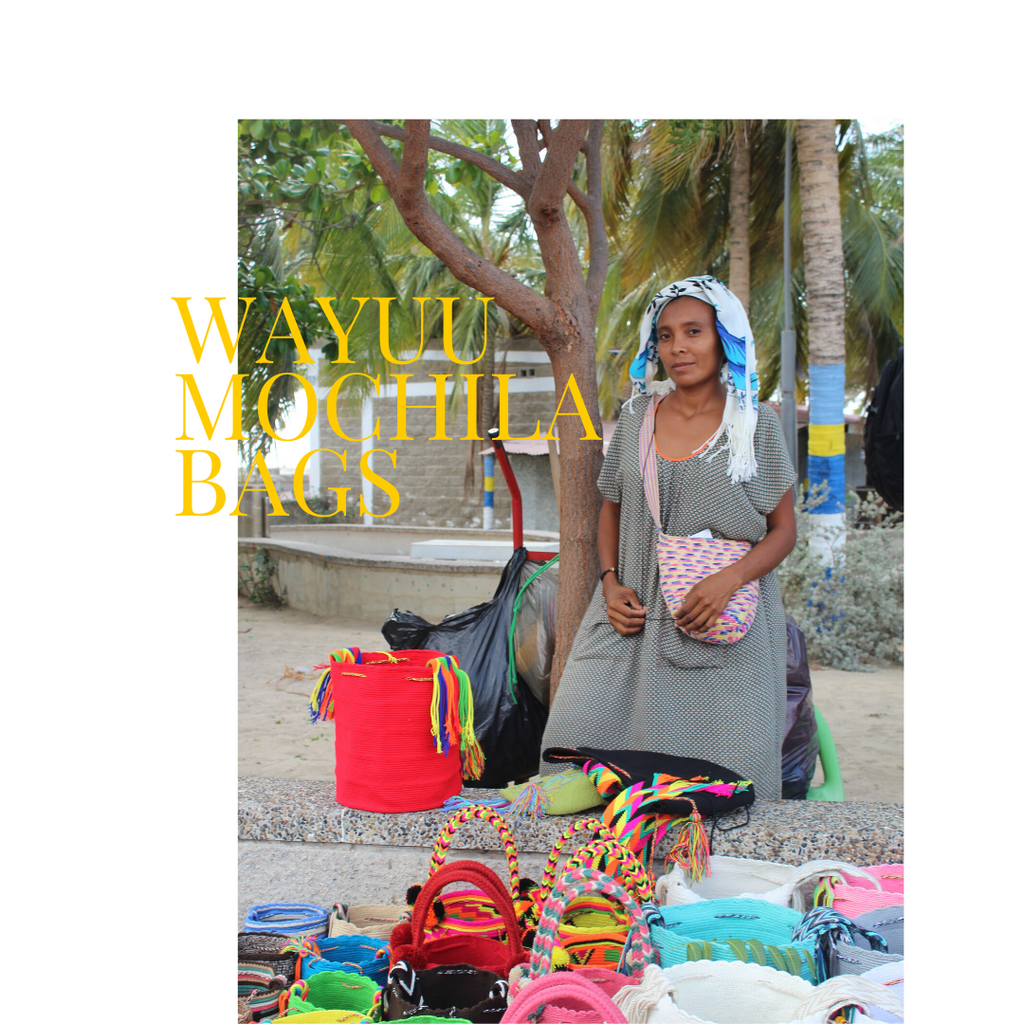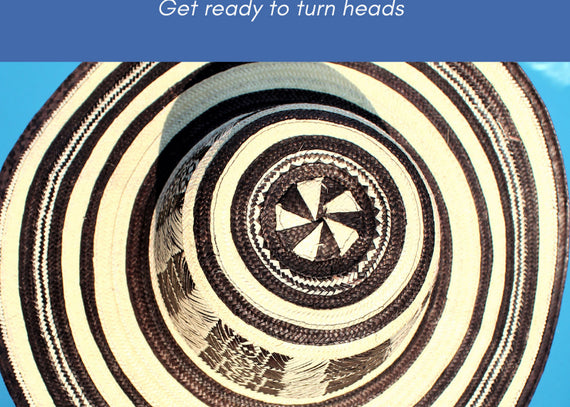You have probably seen us use the word “Wayuu” in some of our posts featuring our mochila bags, and you maybe wondering what that means.

In our ongoing search to find unique handmade goods when we started our endeavor for Neroli Global, and as George was traveling to Colombia, South America, I knew we had to have him make a special trip to Riohacha, not far from the rancherias of the Wayuu, an indigenous group that encompasses La Guajira desert in northeastern Colombia and northwestern Venezuela. The Wayuu are the largest indigenous group in these two countries. A matrilineal group, the Wayuu women are not only the center of the family but the cultural leaders as well.

The Wayuu women are mainly known for their art of weaving, tapizado and crochet. Typically the men do the fishing and care of the cattle, but some crafts, like the weaving of the traditional Wayuu hats are done by the men as well.

On a previous trip to Mexico last spring, I had seen a Wayuu mochila bag and I instantly fell in love with it! So armed with photos of all things Wayuu, George and his boys visited Riohacha after their stop in Bogota.

Over the years, the Wayuu women have created their own variations of the Wayuu mochila and wallets; mixing the geometric patterns of color and indigenous motifs into these beautifully crocheted mochila bags, wallets and tapizado(loop woven) pieces.

I want to share with you a few things about the Wayuu mochilas and how they are traditionally made. The crocheted mochilas are created with different types of stitches, and known as either single thread or double thread mochilas. The double thread bags are typically a bit heavier in weight and take less time to create than a single thread bag; approximately 15 days. Single thread bags can take anywhere from 20-30 days to create.
Another difference between single and double thread bags are the drawstrings. With the double thread bags, the drawstrings are typically twisted or braided and with the single threads, they are usually crocheted.
Also, the straps are usually different between the two types. The double thread straps are typically woven and much thicker in weight, and may, over time, stretch, whereas the single thread straps are sturdier and more finely woven and should not stretch over time.
Another thing to look for is the pattern on the bottom of the bags. Typically the pattern will be more intricate on the single thread bags than on the double thread.
All of the colorful patterns woven into the mochilas and wallets are symbols and stories, steeped in Wayuu history and culture.
In time the Wayuu have also created more variations of their crocheted bags, from different sizes and shapes as well as a blending of single thread and double thread characteristics; as all things eventually do evolve over time, along with more demand.
Contrary to belief, the Wayuu mochilas are mainly crocheted from acrylic/synthetic fibers and not made of natural fibers or cotton. The synthetic fibers are more water repellent and will hold its color much longer. But I can tell you there is nothing synthetic looking about our Wayuu pieces.
The Wayuu women have continued to pass down the weaving and crocheting techniques to their daughters and their daughter’s daughters. We, at Neroli Global, are committed to helping the women of the Wayuu, through the Wayuu Taya Foundation by giving back a portion of our sales so that the artisans will continue to create for generations to come.
It is our hope that women who purchase our Neroli Global woven and crocheted wallets and bags, will know a little more about the history and culture of the Wayuu and grow just a bit more aware of the importance of the preservation of indigenous art, their work and how your purchases continue to empower those who create these timeless pieces.





